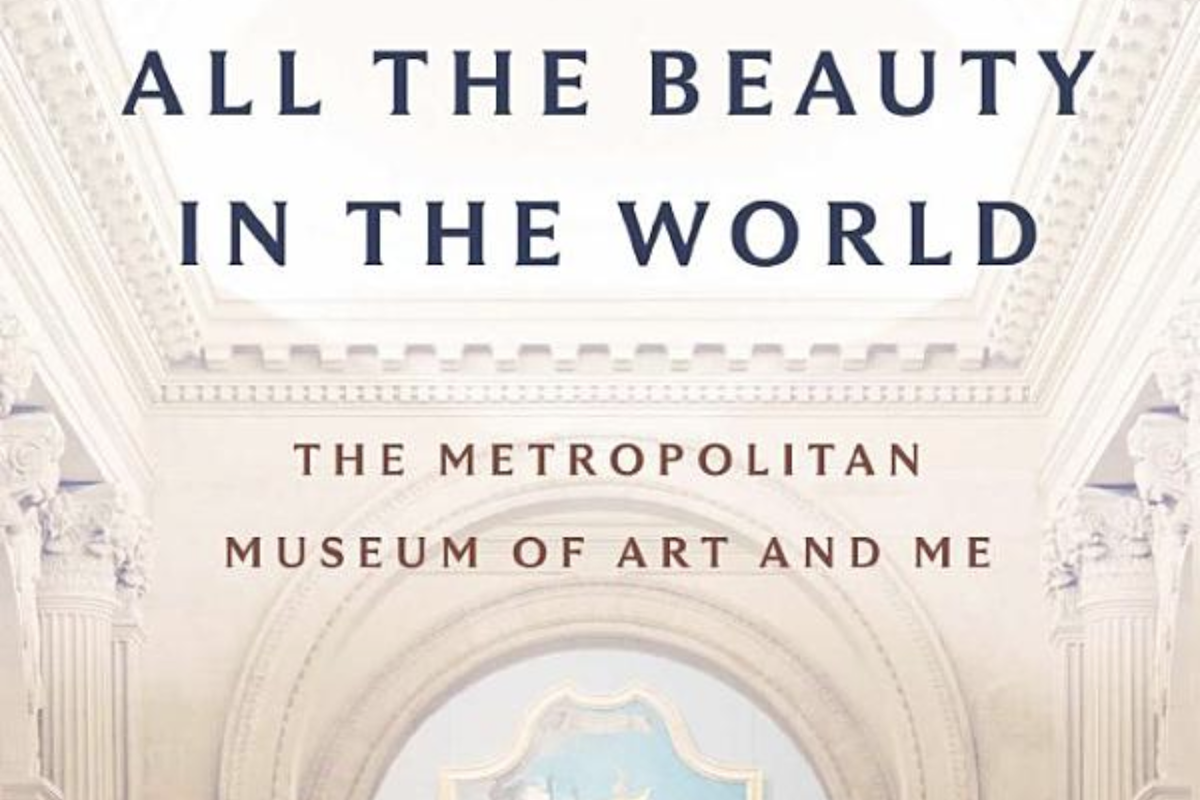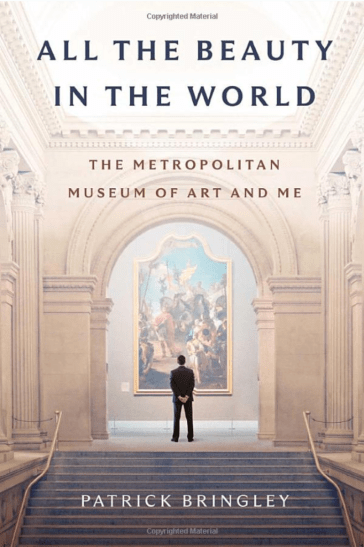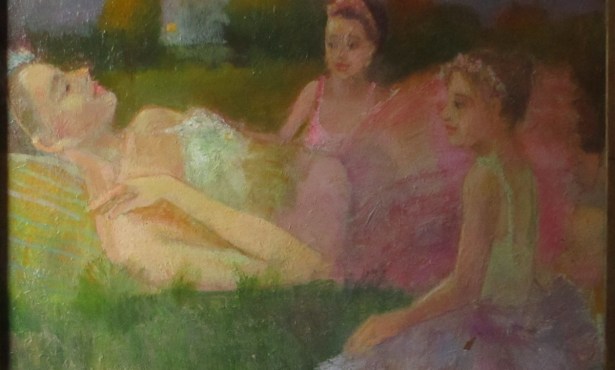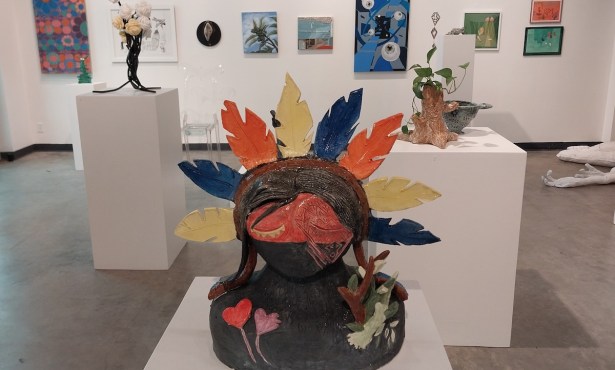Book Review | ‘All the Beauty in the World: The Metropolitan Museum of Art and Me’ by Patrick Bringley
What are Museum Guards Really Thinking? New Memoir Explores the Life of One Such Man.


What in the world are they thinking, those uniformed museum guards standing in the corners of the galleries, looking alternately stern and bored, sneaking glances at their cell phones, occasionally whispering conspiratorially to one another? The answer, according to Patrick Bringley’s new memoir All the Beauty in the World: The Metropolitan Museum of Art and Me, is quite a lot.
Bringley was in his twenties, working an unrewarding job at The New Yorker, when his older, much admired brother, Tom, died of cancer. The boys’ mother had always taken them to art galleries, and in the Philadelphia Museum of Art, still deeply affected by his brother’s death, Patrick has a revelation: the best job for him to deal with his trauma is one that will involve standing and quietly looking at works of art.
Learning not to move for long periods of time allows Bringley to develop a method of approaching a work of art: “I resist the temptation to hunt right away for something singular about a work, the ‘big deal’ that draws the focus of textbook writers.” Instead, he advises that the “first step in any encounter with art is to do nothing, to just watch, giving your eye a chance to absorb all that’s there…. Ideally, for the first minute we shouldn’t think at all. Art needs time to perform its work on us.”
This is not to say that Bringley eschews studying the cultures and creators of works of art. In fact, he’s a wealth of information about everything from ancient Egypt to Bruegel and Michelangelo to knightly armor to the contemporary quilters of Gee’s Bend, Alabama. His curiosity about the art in the Met is voracious, and his elegant yet plainspoken prose effectively communicates his keen desire to immerse himself in the works and learn everything he can about them. Indeed, when he sometimes overhears patrons asking questions about which he knows the answers, Bringley is not shy about inserting himself in their conversations.
Perhaps most interestingly, All the Beauty in the World offers a backdoor peek into the lives of museum guards. Bringley tells us that they are an eclectic bunch. Some, like him, are deeply interested in art, while others are entirely indifferent. The guards at the Metropolitan Museum of Art are from all over the world, with heavy representation from Russia, Albania, Guyana, and West Africa. Bringley becomes particularly good friends with an older man, Joseph Akakpossa, a former Ghanaian banker who barely escaped Africa with this life. Union members, the guards are a collegial crew, laughing and joking, covering one another’s backs. When Bringley returns from parental leave after the birth of his son, he finds the other guards happy to dispense parenting advice, “shaking my hand and slapping my back as though we’re handing out cigars.”
The book’s conclusion is not a surprise: Bringley mentions early on that his stint at the museum will last ten years. However, the final chapter, “As Much as I Can Carry,” which recounts his final day on the job, is unexpectedly moving. In many ways, being a museum guard is a dead-end job, but we feel with the author that there is something special about “the daily, low-stakes, affectionate, time-passing talk among colleagues with nothing but time on their hands.”
This review originally appeared in the California Review of Books.




You must be logged in to post a comment.